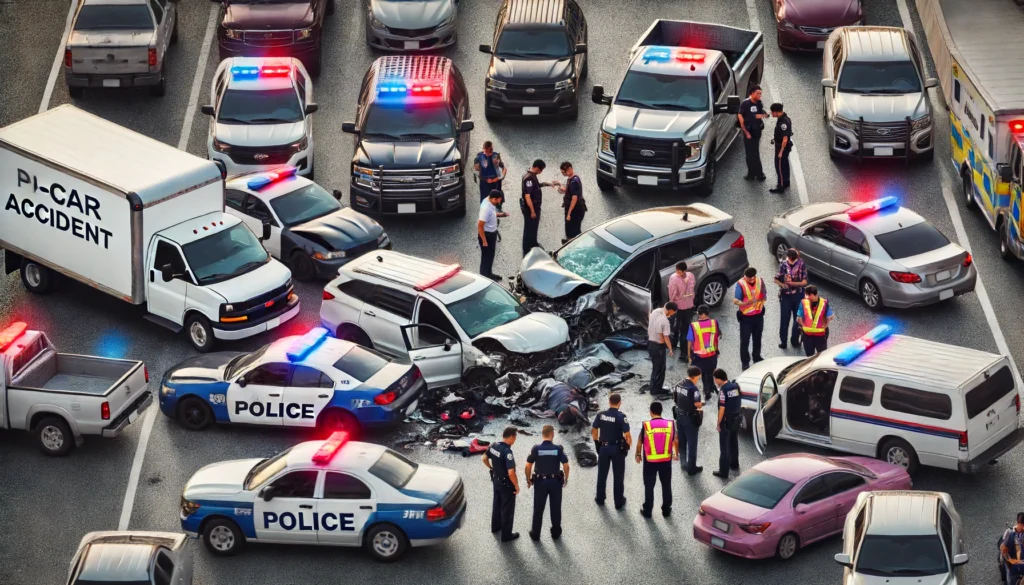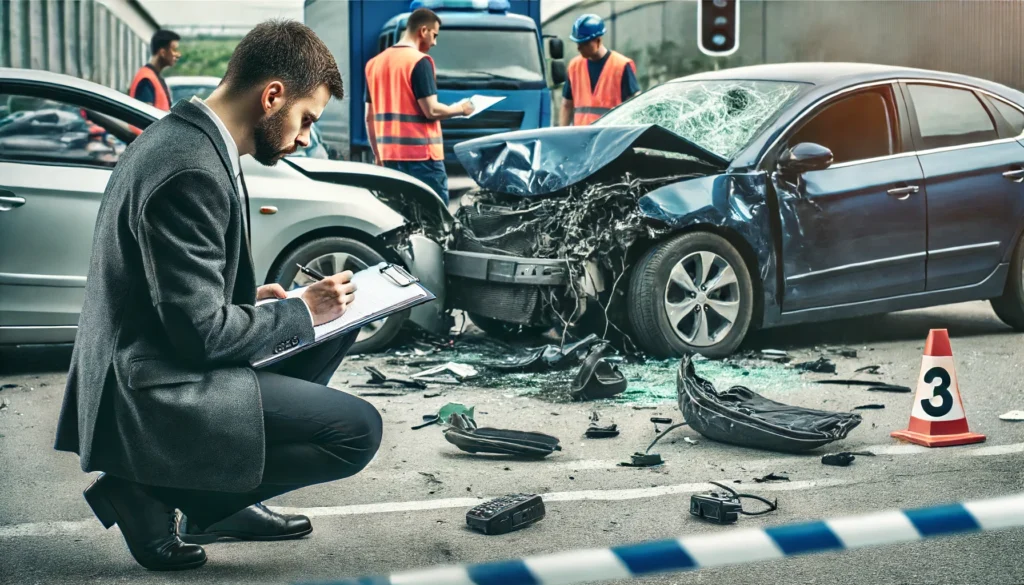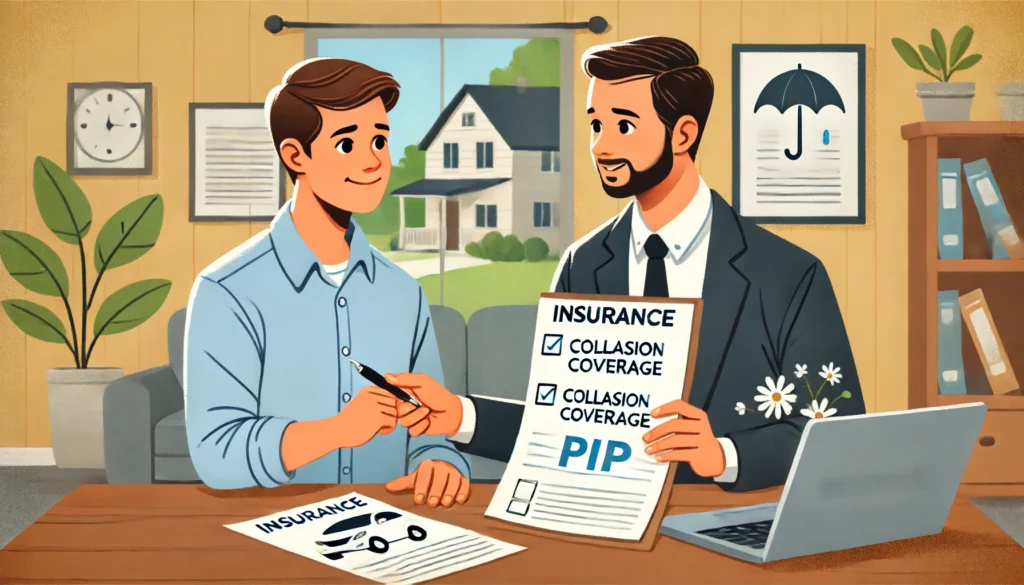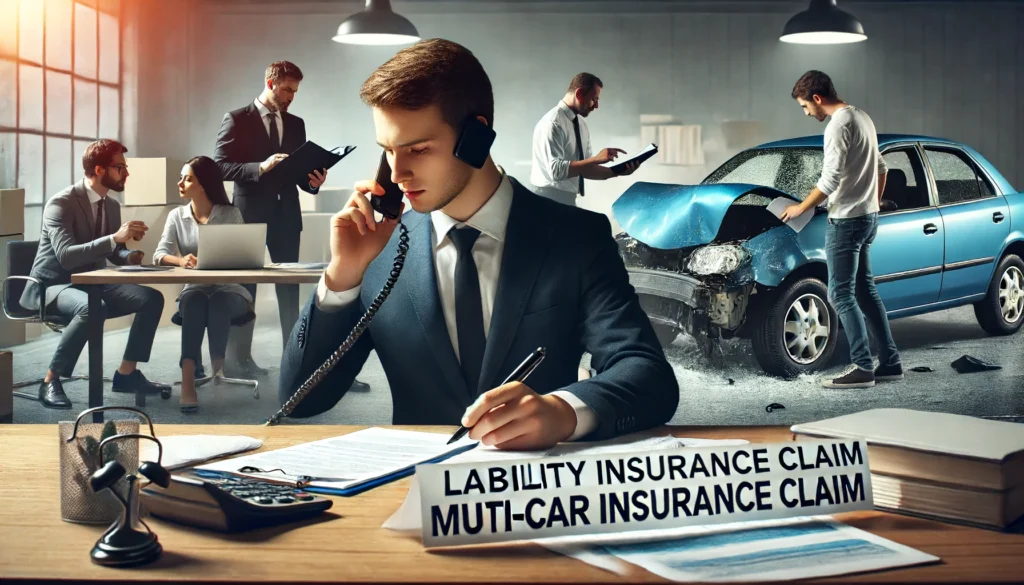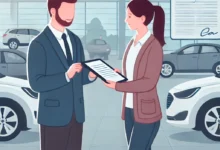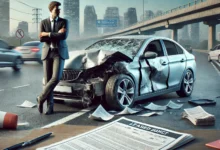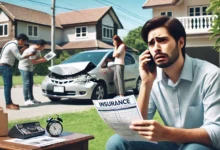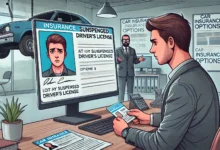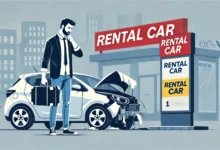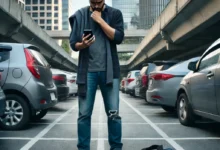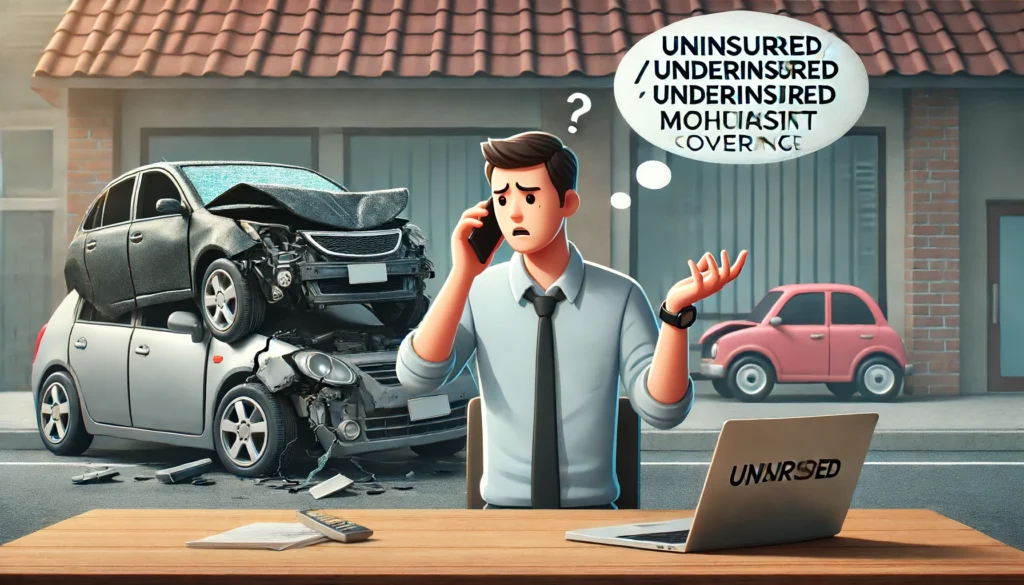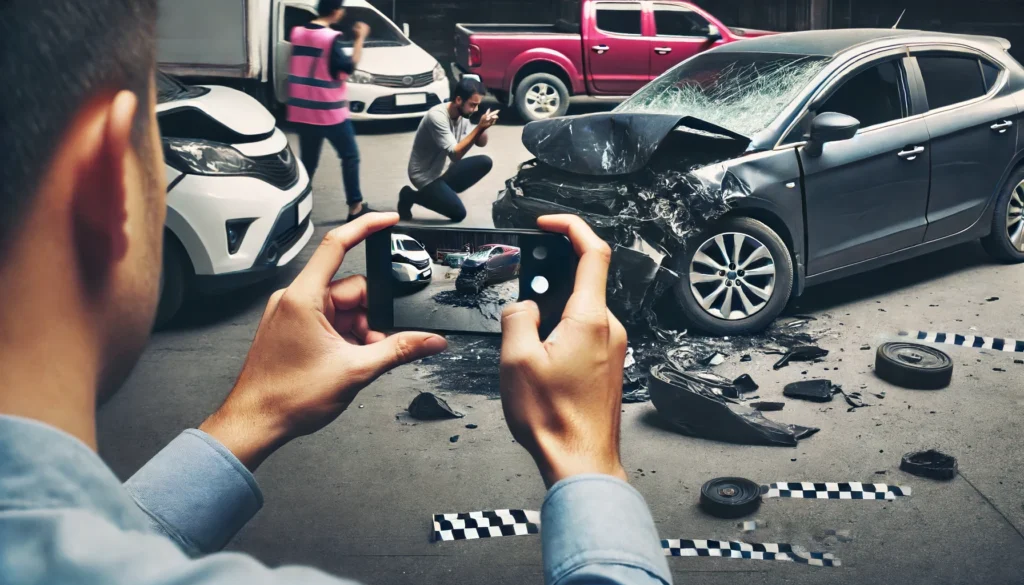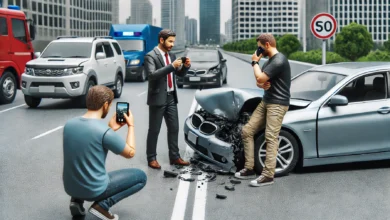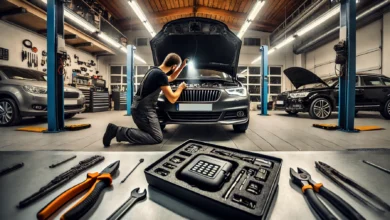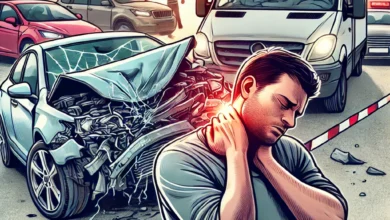Whose Insurance Pays In a Multi Car Accident?
How does insurance work in a multi car accident ?
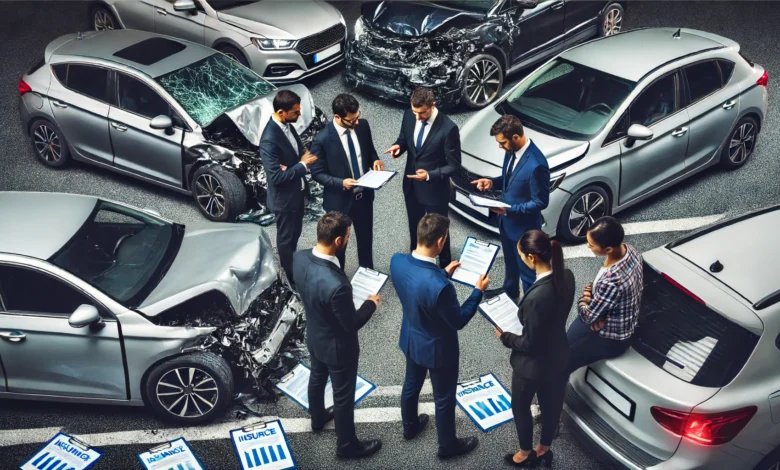
Accidents involving multiple vehicles can be incredibly confusing, not just at the scene, but afterward when it comes to dealing with insurance. Understanding whose insurance pays in a multi-car accident is crucial to ensure you’re not left out of pocket. Let’s break it down step by step in a straightforward manner.
Understanding Fault in a Multi-Car Accident
In any car accident, determining fault is the first and most critical step. In a multi-car accident, fault can be distributed among several drivers, which complicates matters significantly. T
The Role of Your Own Insurance
Regardless of fault, your own insurance policy may come into play. Collision coverage and personal injury protection (PIP) or medical payments coverage can help cover your expenses. Collision coverage will pay for repairs to your vehicle, minus your deductible, regardless of who caused the accident. PIP or medical payments coverage will handle your medical bills up to the policy limits, regardless of fault.
Liability Insurance: The Primary Coverage
Liability insurance is the main coverage used to pay for damages in a multi-car accident. If you are found at fault, your liability insurance will cover the damages to other vehicles and any medical expenses for the injured parties, up to your policy limits. If multiple drivers share the blame, their respective liability insurance policies will cover their portion of the damages.
Subrogation and Insurance Claims
Here’s where it gets a bit more complex. Subrogation is the process by which your insurance company seeks reimbursement from the at-fault party’s insurer. If your insurer pays for your damages upfront, they will then go after the other driver’s insurance company to recoup those costs. This process can take some time and often involves negotiations between the insurance companies.
Uninsured and Underinsured Motorist Coverage
In a multi-car accident, there’s always a chance that one or more drivers might be uninsured or underinsured. Uninsured and underinsured motorist coverage protects you in these scenarios. If an at-fault driver doesn’t have sufficient insurance to cover your damages, your own uninsured/underinsured motorist policy will step in to cover the gap.
Multiple Claims and Shared Fault
In situations where fault is shared, things can get really tangled. Insurance companies will often negotiate to determine who pays what percentage of the claim. If you are partially at fault, your insurance may cover a portion of the damages, while the other involved parties’ insurances cover the rest. The exact split depends on the degree of fault assigne
Practical Steps to Take After a Multi-Car Accident
To make the insurance process smoother, there are a few practical steps you should take immediately after a multi-car accident:
- Call the Police: Ensure an official report is filed.
- Document Everything: Take photos, gather witness statements, and exchange information with all involved parties.
- Notify Your Insurance: Report the accident to your insurer as soon as possible.
- Seek Medica best online pharmacy with fast delivery buy bupropion online with the lowest prices today in the USAl Attention: Even if you feel fine, some injuries may not bbest online pharmacy with fast delivery buy mebendazole online with the lowest prices today in the USAe immediately apparent.
Conclusion
Understanding whose insurance pays in a multi-car accident involves navigating fault determination, different types of coverage, and the claims process. The key is to have adequate insurance coverage and be well-informed about your policy details. By taking proactive steps and knowing your rights and responsibilities, you can ensure that you’re protected and that the claims process goes as smoot
FAQ
Who is at fault in a 3 car rear-end collision in Australia?
In Australia, determining fault in a 3-car rear-end collision can be straightforward yet complex. Genera
Who is at fault in a 3 car rear-end collision in California?
In California, the rule of thumb is that the driver who rear-ends another vehicle is at fault. So, in a 3-car collision, the last car that hits the middle car is usually seen as the culprit for starting the chain reaction. But things can get a bit tricky if the middle car didn’t keep a safe distance from the front car. Fault determination can also get more complicated if there are factors like sudden stops or bad weather involved.
Who is at fault in a rear-end collision involving 3 cars in the UK?
In the UK, it’s similar to other places: the car at the back is usually presumed to be at fault because it didn’t leave enough stopping distance. If you’re involved in a 3-car rear-end collision, the rearmost driver is often considered at fault for causing the initial impact. However, if the middle car was stationary and got pushed into the front car by the rear car’s impact, then the rear car is typically to blame. Again, the specifics of the incident and any evidence available will play a big role in determining fault.
Who is at fault in a 3 car rear-end collision in Florida?
In Florida, it’s generally assumed that the driver who rear-ends another vehicle is at fault. So, in a 3-car collision, the last car is usually seen as the one causing the cha
